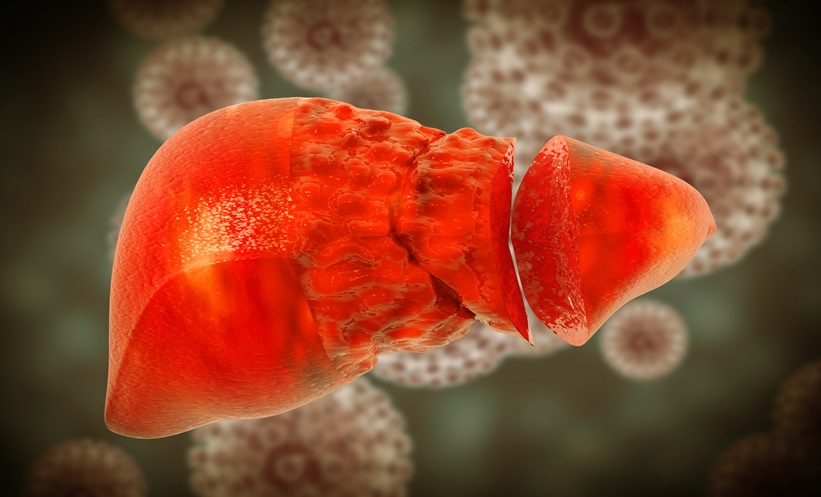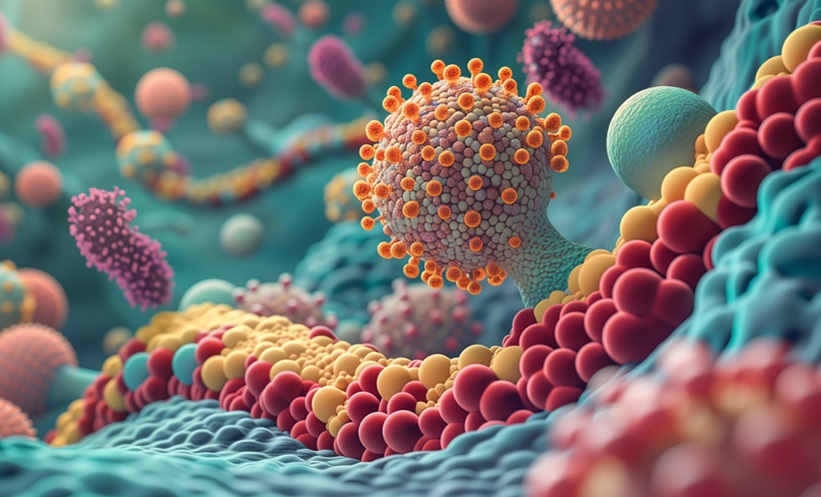A RECENT STUDY has shed light on the correlation between the co-circulation of adenovirus (AdV) 40/41 and severe acute respiratory syndrome coronavirus 2 (SARS-CoV-2), and the emergence of paediatric hepatitis cases in Belgium. The researchers from Katholieke Universiteit (KU) Leuven, Belgium, examined samples from wastewater systems and aerosols in daycare centres to investigate their hypothesis that AdV and SARS-CoV-2 acted as physiopathological contributors to hepatitis of unknown origin in children under 16.
The surge of cases of severe acute hepatitis of unknown aetiology in Belgium saw 60% of tested incidences positive for AdV, and 12% positive for SARS-CoV-2. Researchers monitored weekly samples from a wastewater treatment plant covering eight municipalities in Belgium. This automated process collected 50 mL samples every 10 minutes from December 2020–May 2022. The air quality of two indoor daycare centres for children ages 0–6 was also tested. These samples were taken 1–3 times a week from November 2021–April 2022. From both sets of samples, the scientists obtained viral RNA, which underwent RT-qPCR amplification for detection of AdV and SARS-CoV-2.
Study investigators also examined relevant hepatitis cases over four time frames, which included pre-, during, and post-COVID-19. The medical record of 63 children with elevated liver enzymes during this time period were also screened. The authors found no cases of hepatitis of unknown aetiology during the pre- and post-COVID period. High levels of AdV circulation were identified between September 2021–April 2022. Five possible and four probable cases of non-severe viral hepatitis were identified in children under 16, contracted after October 2021. One case was associated with COVID-19, with the child becoming infected four days prior to presenting with hepatitis; AdV 40/41 was not associated with any case.
In the 57% of wastewater samples able to undergo Sanger sequencing, AdV was identified in 65%, following the rise in AdV 40/41 cases after July 2021. AdV 40/41 was found in air samples from 10th December 2021, and was also consistently detected alongside SARS-CoV-2 simultaneously to cases of hepatitis in Belgium.
The study authors concluded that the observations did not confirm or eliminate the possible impact of AdV and SARS-CoV-2 on the surge of acute hepatitis in children. Although both may have contributed in some cases, few instances progressed to severe hepatitis. This information was supported by the low hospital admission rates for viral hepatitis and high transmission rates of AdV and SARS-CoV-2 from September 2021–April 2022. This study has emphasised the necessity for holistic disease surveillance to predict secondary diseases, such as in this case with hepatitis presentation following the widespread transmission of AdV and SARS-CoV-2.








